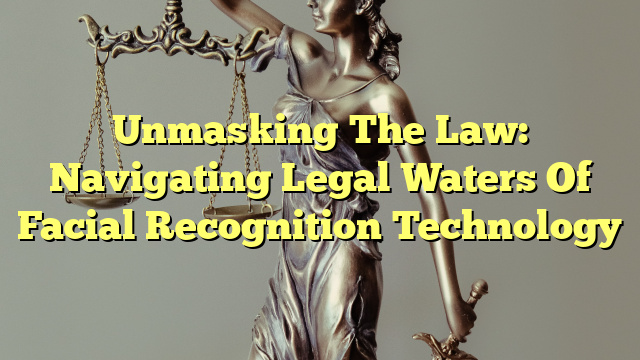Table of Contents
Laws around Facial Recognition Technology
Facial recognition technology has become increasingly prevalent in today’s society, raising concerns about privacy and civil liberties. To address these concerns, various laws and regulations have been put in place to govern the use of facial recognition technology.
One of the main laws that exist around facial recognition technology is the new facial recognition law, which sets guidelines for its use and establishes penalties for misuse. Additionally, other laws such as the facial recognition laws by state provide further regulations and restrictions.
Facial Recognition Laws by State
Several states in the United States have implemented their own laws regarding facial recognition technology. These laws vary in their scope and requirements, but generally aim to protect individual privacy and ensure proper usage of the technology.
Some states that have facial recognition laws include:
- California
- Illinois
- Texas
- New York
- Washington
These state laws often require companies and organizations to obtain consent before collecting or using facial recognition data, and may also impose limitations on how the technology can be used.
The New Facial Recognition Law
The new facial recognition law, which was recently enacted, aims to address the concerns surrounding the use of facial recognition technology. This law establishes clear guidelines for its usage and imposes penalties for violations.
Some key provisions of the new facial recognition law include:
- Mandatory consent for collecting and using facial recognition data
- Transparency requirements for companies using the technology
- Limitations on the retention and sharing of facial recognition data
- Prohibition of discriminatory practices or biases in facial recognition algorithms
By implementing these regulations, the new law aims to strike a balance between the benefits of facial recognition technology and the protection of individual privacy rights.
Law Enforcement Policy on Facial Recognition
Law enforcement agencies have their own policies and guidelines regarding the use of facial recognition technology. These policies often dictate when and how the technology can be used in criminal investigations and other law enforcement activities.
Some key aspects of law enforcement policy on facial recognition include:
- Using facial recognition technology as a tool for identifying suspects or victims
- Adhering to legal requirements and obtaining proper warrants when necessary
- Ensuring the accuracy and reliability of facial recognition algorithms
- Protecting the privacy and civil liberties of individuals
Law enforcement agencies are continuously working to refine their policies and practices to ensure that facial recognition technology is used responsibly and ethically.

